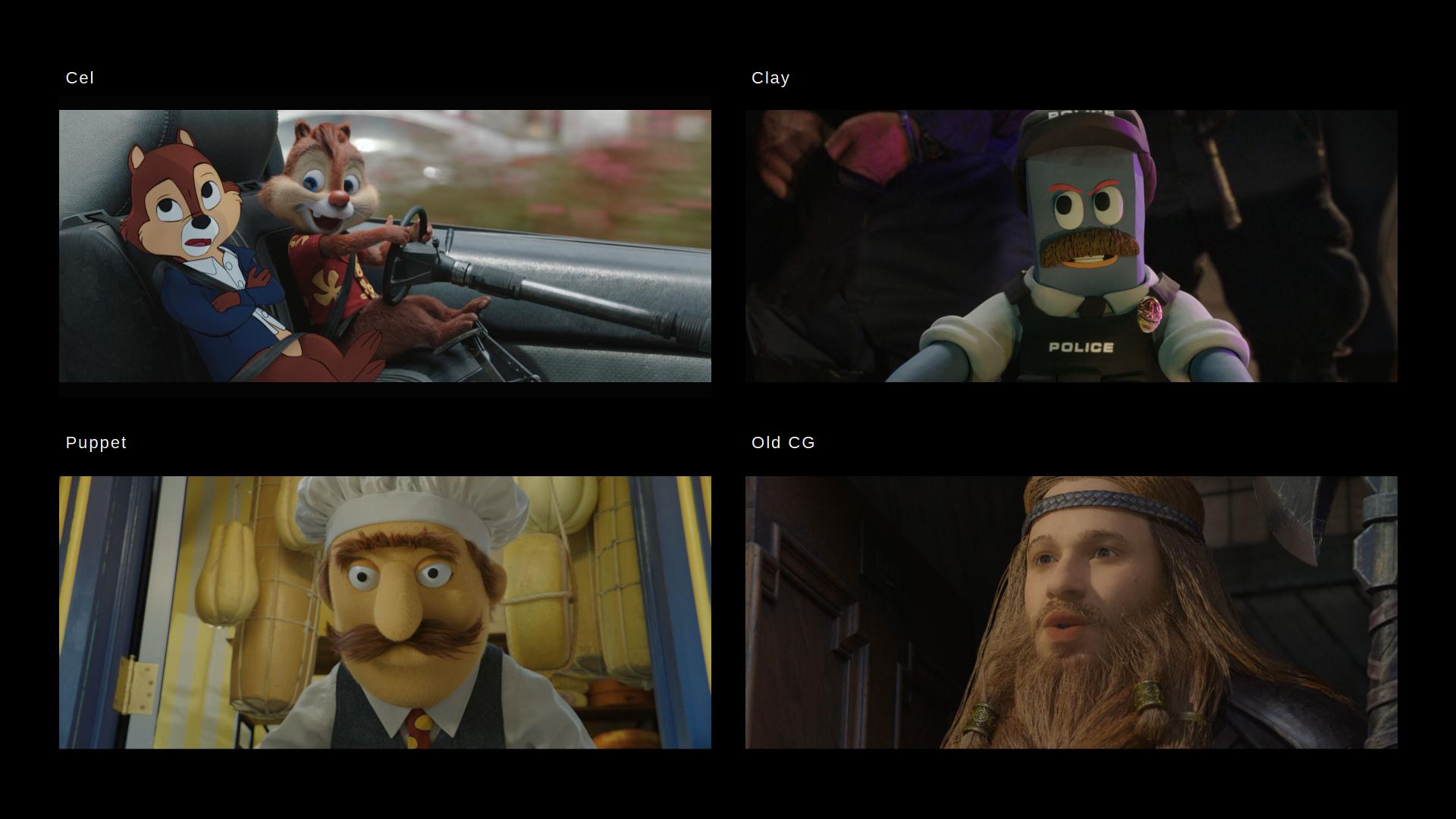Animex 2023 - Lights, Camera, Render!
10 Nov 2023
In November 2002, I presented MPC’s lighting workflows and production work on Silo, Prehistoric Planet, Transformers: Rise of the Beasts and Rescue Rangers at Teeside University’s Animex conference. Animex 2023 Speaker Page. This was a great couple of days and got to meet a lot of students with great reels and some top-notch presenters from a range of different studios.
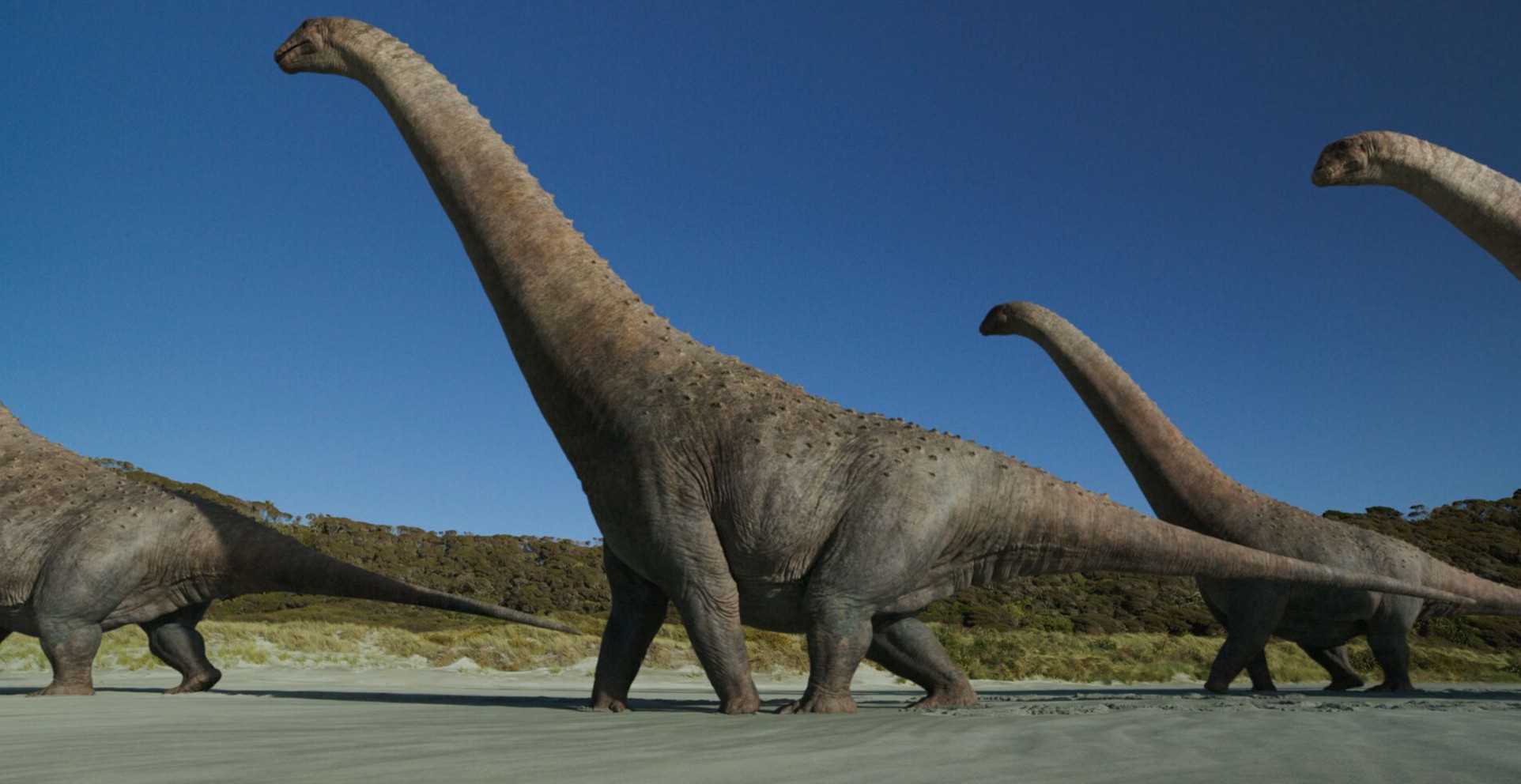
In the talk, I went over how we captured lighting reference; including the usage of fisheye lens and RoundShot robotic panoramic heads for super high resolution photography. Plus our the use of Meshroom to stitch together both for VFX work.
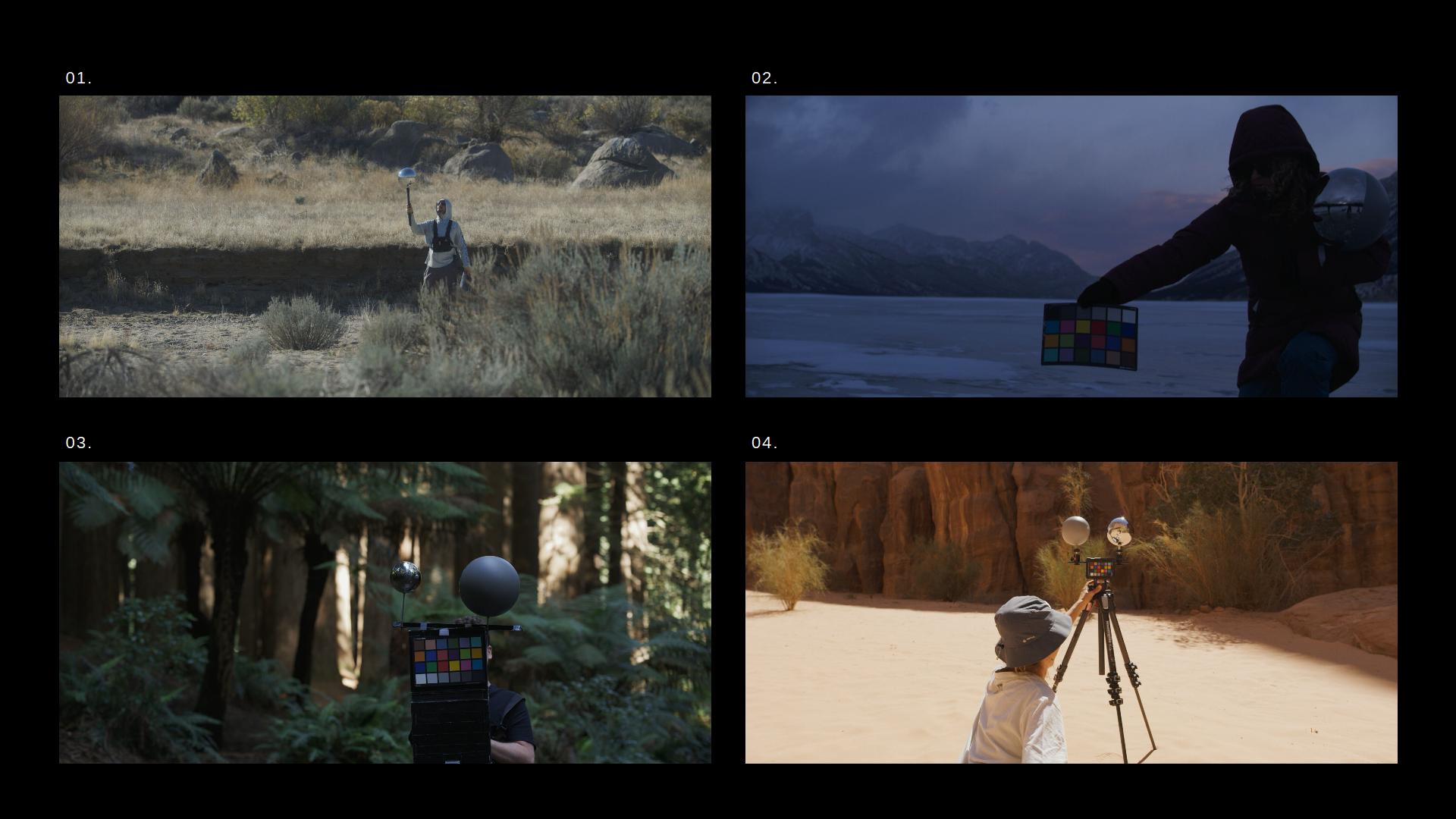

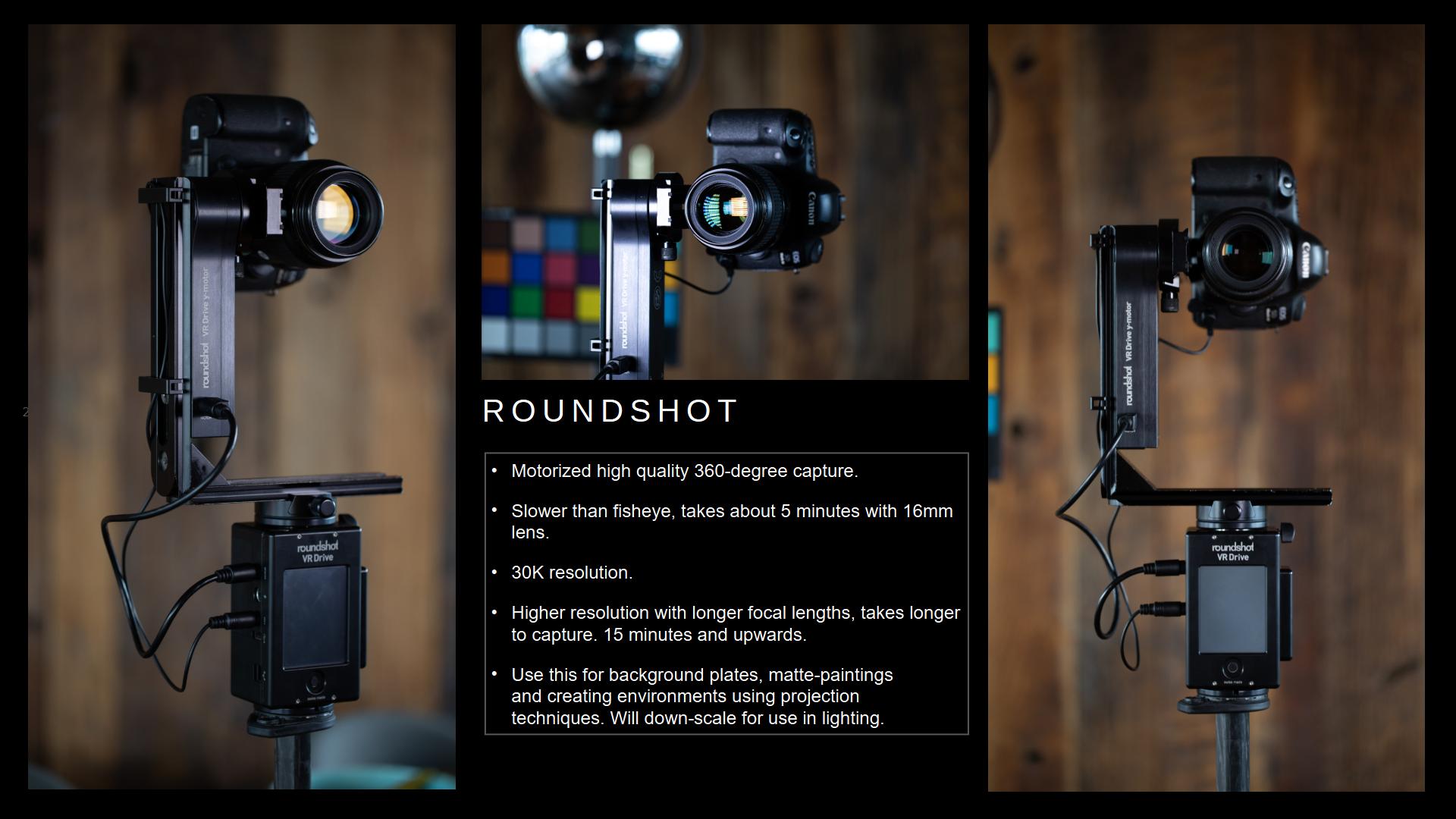

At MPC, we used Katana, RenderMan and Nuke as our primary software tools for lighting. We additionally had a toolset and framework called SequenceRender which allowed us to work across multiple shots at once, for artists to do more artistic work on shots without dealing with a lot of the connective tasks that can slow down their work.
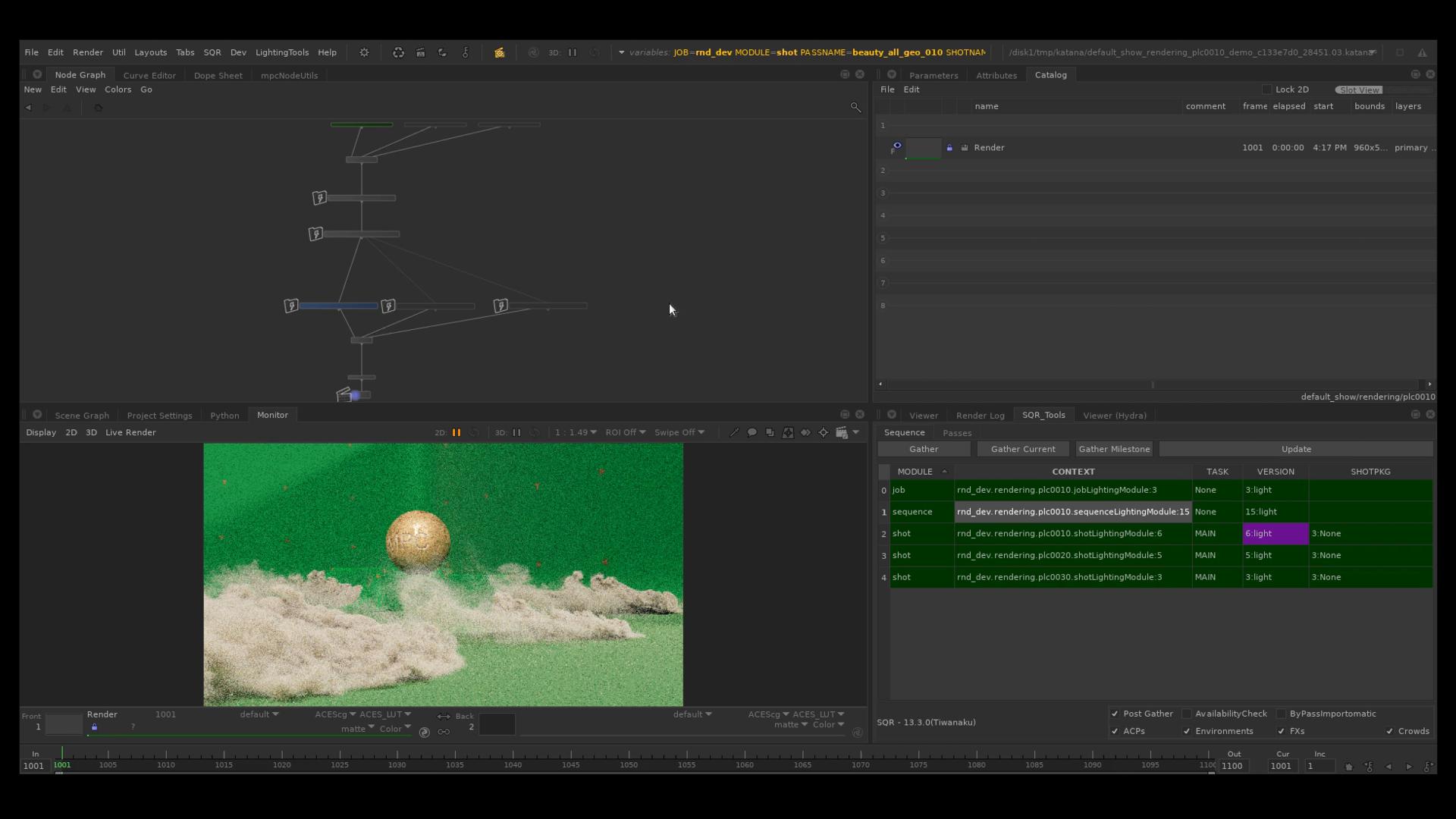
And for the second half of the talk, I gave examples of work we had recently done on four projects each with it’s own unique lighting requirements.
These included dsytopian lighting of a large underground bunker in Silo, a large and complex interior with heavy amounts of atmosphere. A difficult scenario for any path-tracer, which required a very stragetic approach towards building the lighting setup which contained 10,000s of lights.
Prehistoric Planet was a project we worked very closely with the BBC Natural History Unit. One of the largest and best photographic reference shoots we’ve ever undertaken, not just in terms of shooting locations around the world, but also the quality and detail that was captured to realise a documentary look.
Transformers: Rise of the Beasts was one of our most ambitious projects in terms of character complexity, with a sigificant amount of geometry and textures required for the hero characters.
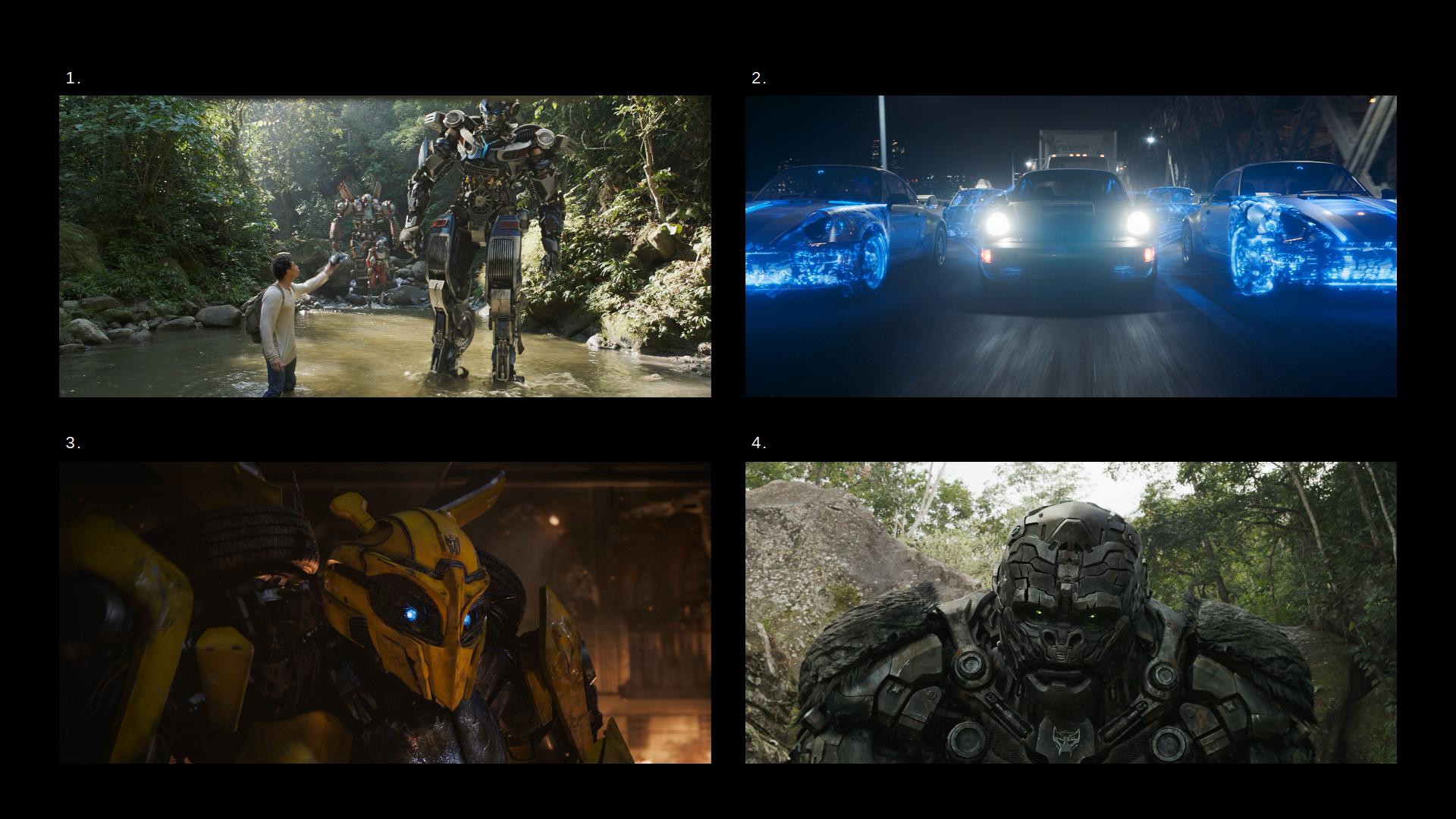
Rescue Rangers was a mixed-media project, incorparating modern CG characters with cel-shading, stop-motion, puppetry and early CG animation from the 2000s.
